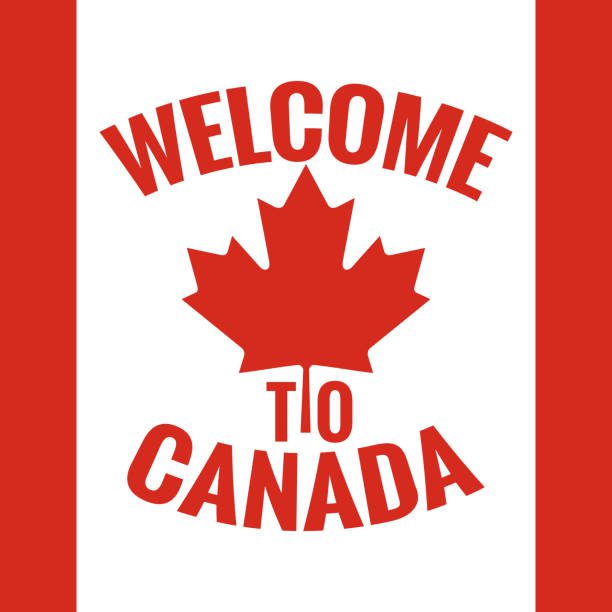Navigating the Subclass 189 Skilled Independent Visa
The Subclass 189 Skilled Independent Visa is a permanent residency visa for skilled workers who are not sponsored by an employer, family member, or state/territory. It targets professionals with occupations on Australia’s Medium and Long-term Strategic Skills List (MLTSSL), allowing them to live and work in Australia indefinitely. The visa is points-tested, assessing factors like age, education, work experience, and English proficiency. Successful applicants can access high-demand roles with salaries typically ranging from $80,000 to $150,000 annually, depending on the occupation and location, with no employer sponsorship required.
Checking Eligibility Requirements
To qualify for the Subclass 189 visa, you must meet strict criteria set by the Department of Home Affairs. Key requirements include:
-
Age: Be under 45 years at the time of invitation.
-
Occupation: Your occupation must be on the MLTSSL, covering roles like software engineers ($100,000–$160,000), nurses ($80,000–$120,000), or civil engineers ($90,000–$140,000).
-
Skills Assessment: Obtain a positive skills assessment from the relevant assessing authority, such as VETASSESS for general occupations or Engineers Australia for engineering roles.
-
English Proficiency: Achieve at least competent English (e.g., IELTS 6.0 or equivalent), with higher scores (IELTS 7.0+) boosting points.
-
Points Test: Score at least 65 points, based on age, education, work experience, English skills, and other factors like community language skills.
You must also meet health and character requirements, including police clearances, and express interest through the SkillSelect system.
Key Statistics on Subclass 189 Visa
-
Visa Grants: In 2024, approximately 14,000 Subclass 189 visas were issued, with 60% in IT, healthcare, and engineering (Department of Home Affairs).
-
Points Threshold: Competitive applicants typically score 80–95 points, with top occupations like software developers and accountants often exceeding 90 points.
-
Median Salaries: Subclass 189 visa holders earn $85,000–$150,000 annually, with senior roles in medicine or IT reaching $180,000+.
Preparing for the Skills Assessment
A positive skills assessment is mandatory for Subclass 189 applicants. Contact the relevant assessing authority for your occupation, such as VETASSESS, Engineers Australia, or the Australian Computer Society (ACS). Submit documents like academic transcripts, employment references, and proof of professional registration if required. For example, engineers must provide detailed work experience letters outlining roles and responsibilities. Assessments can take 8–12 weeks and cost $500–$1,500, depending on the authority. Ensure your qualifications align with Australian standards, as mismatches can lead to rejection. Strong assessments enhance your points, increasing your chances for high-paying roles ($90,000–$160,000).
Submitting an Expression of Interest (EOI)
The application process begins with submitting an Expression of Interest (EOI) via the SkillSelect online system. Your EOI includes details on age, education, work experience, English proficiency, and other factors contributing to your points score. Be accurate, as discrepancies can lead to visa refusal. Rank higher by maximizing points—e.g., scoring IELTS 8.0 adds 20 points, while five years of skilled work experience adds 15 points. After submission, you may receive an invitation to apply (ITA) within months, depending on your points and occupation demand. High-demand roles like nurses or IT professionals often receive faster ITAs.
Gathering Required Documents
Once you receive an ITA, you have 60 days to apply for the visa. Prepare the following documents:
-
Identity: Passport and birth certificate.
-
Skills Assessment: Positive result from the relevant authority.
-
English Test Results: IELTS, PTE, or equivalent scores.
-
Work Experience: Employment letters detailing roles, duration, and responsibilities, ideally covering 3–5 years for maximum points.
-
Education: Degree certificates and transcripts, verified by the assessing authority.
-
Health and Character: Medical examinations and police clearances from every country you’ve lived in for 12+ months in the last 10 years.
Use certified translations for non-English documents. Incomplete submissions can delay processing, which typically takes 8–12 months.
Calculating Your Points Score
The points test is critical for ranking in SkillSelect. Points are awarded as follows:
-
Age: 25–32 years (30 points), 33–39 years (25 points), 40–44 years (15 points).
-
English: Superior (IELTS 8.0, 20 points), Proficient (IELTS 7.0, 10 points).
-
Work Experience: 8+ years (15 points), 5–8 years (10 points), 3–5 years (5 points).
-
Education: Doctorate (20 points), Bachelor’s/Master’s (15 points).
-
Other: Community language skills (5 points), Australian study (5 points).
Use the Fair Work Ombudsman to research market salaries for your occupation to set realistic expectations. For example, accountants earn $80,000–$120,000, while medical practitioners can earn $150,000–$200,000. Aim for 80+ points to compete effectively, as higher scores prioritize you for ITAs.
Applying for the Visa
After receiving an ITA, lodge your visa application through the ImmiAccount portal. Pay the application fee (approximately $4,640 for the main applicant, plus additional costs for dependents). Upload all documents, ensuring accuracy to avoid delays. The Department of Home Affairs may request additional information, such as updated police clearances or medicals. Processing times vary, with 75% of applications finalized within 10 months for high-scoring applicants in demand occupations like software engineering or nursing.
Preparing for Life in Australia
Once approved, plan your relocation to maximize career opportunities. Research cost-of-living differences, as salaries in Sydney ($100,000) have less purchasing power than in Adelaide or Perth. For example, software engineers in Melbourne earn $100,000–$160,000 but face higher rents than in regional areas. Secure accommodation and a Tax File Number (TFN) for employment. Explore job markets in your field, using platforms like SEEK or LinkedIn to target roles matching your skills. High-demand occupations offer signing bonuses ($5,000–$15,000) in competitive sectors like IT or healthcare.
Navigating Challenges and Rejections
EOI rejections or delays often stem from low points, incomplete documents, or occupations not on the MLTSSL. If your EOI isn’t invited within 12–18 months, reassess your points by improving English scores or gaining additional work experience. For example, an extra year of experience can add 5 points, while IELTS 8.0 adds 10–20 points. If your visa is refused, seek feedback via the Department of Home Affairs and consult a registered migration agent. Reapply with stronger documentation, targeting roles with salaries above $90,000 to align with demand.
Maximizing Job Prospects Post-Visa
With a Subclass 189 visa, you can work in any occupation, but aligning with MLTSSL roles ensures better prospects. Network on LinkedIn, join professional associations (e.g., Australian Medical Association for doctors), and attend industry events to build connections. Tailor your resume to Australian standards, emphasizing achievements like “Led a team of 10 to deliver $1M in revenue” for managerial roles. Research salaries to negotiate effectively—e.g., civil engineers ($90,000–$140,000), teachers ($75,000–$110,000), or IT specialists ($100,000–$160,000). Consider regional areas for lower competition and relocation incentives, which can include $5,000–$10,000 for roles in places like Tasmania or the Northern Territory.


